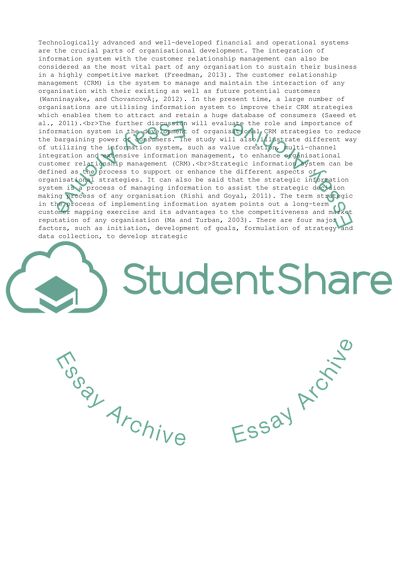Cite this document
(Strategy and Customer Relationship Management (CRM) 03193 Essay, n.d.)
Strategy and Customer Relationship Management (CRM) 03193 Essay. https://studentshare.org/management/1868001-strategy-and-customer-relationship-management-crm-03193
Strategy and Customer Relationship Management (CRM) 03193 Essay. https://studentshare.org/management/1868001-strategy-and-customer-relationship-management-crm-03193
(Strategy and Customer Relationship Management (CRM) 03193 Essay)
Strategy and Customer Relationship Management (CRM) 03193 Essay. https://studentshare.org/management/1868001-strategy-and-customer-relationship-management-crm-03193.
Strategy and Customer Relationship Management (CRM) 03193 Essay. https://studentshare.org/management/1868001-strategy-and-customer-relationship-management-crm-03193.
“Strategy and Customer Relationship Management (CRM) 03193 Essay”. https://studentshare.org/management/1868001-strategy-and-customer-relationship-management-crm-03193.


